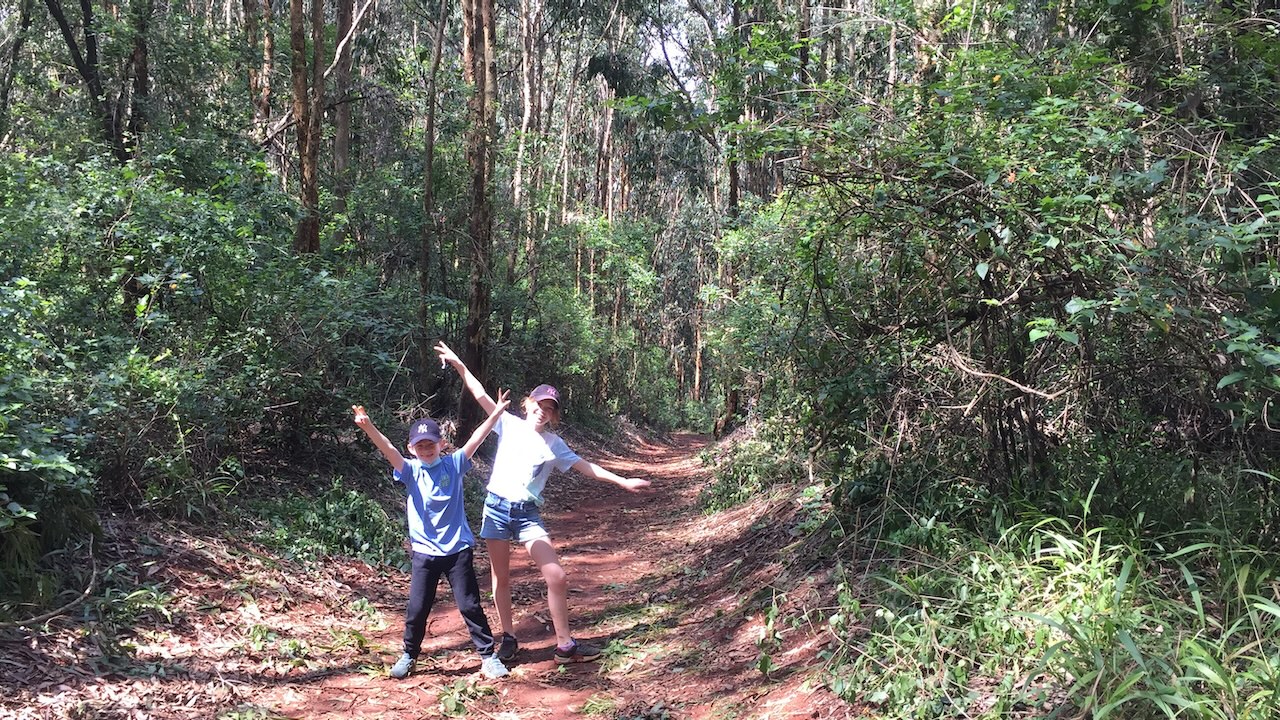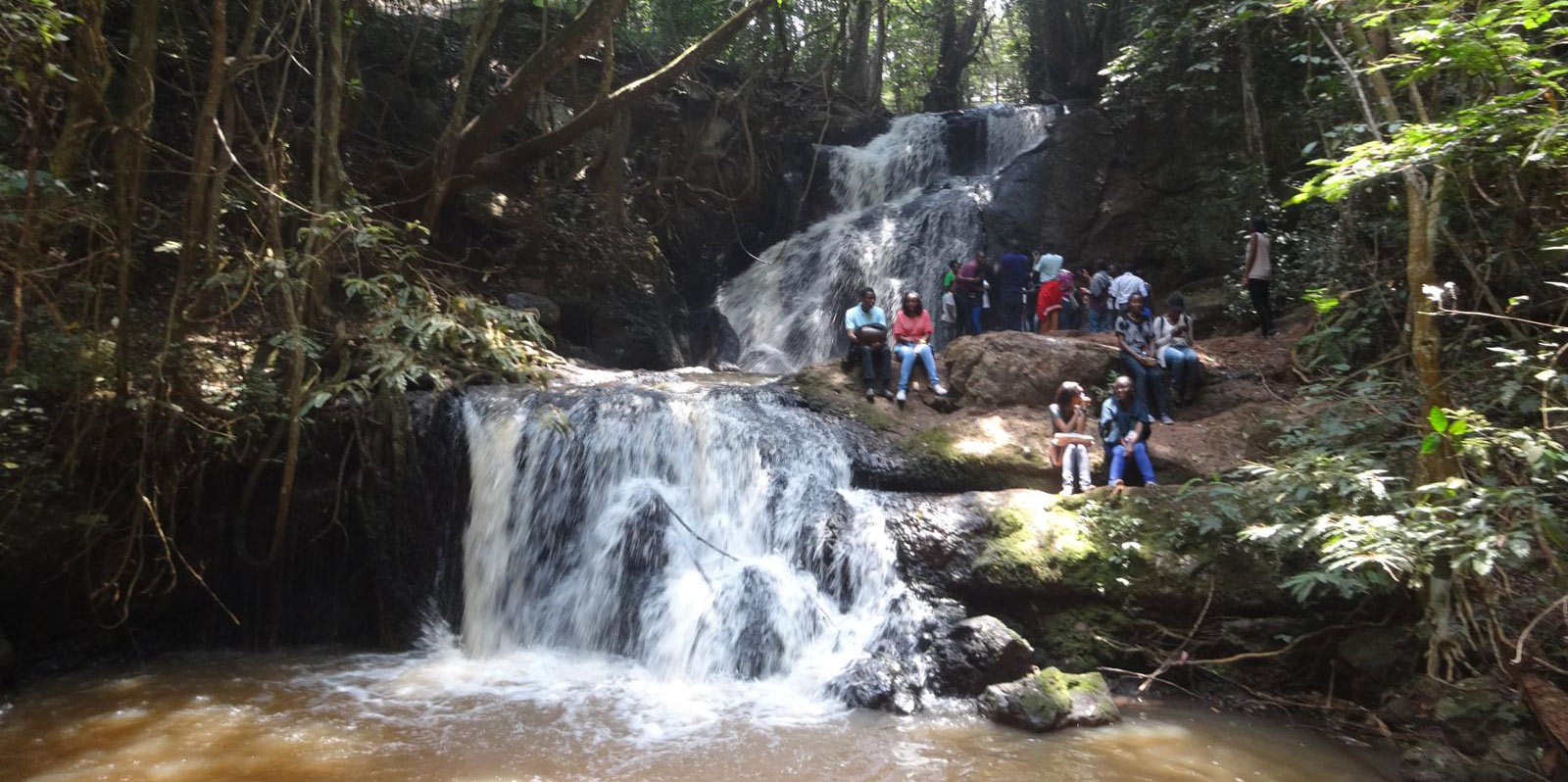Karura Forest is a city forest in Nairobi, Kenya’s capital. The Kenya Forest Service manages the forest in collaboration with the Friends of Karura Forest Community Forest Association, which was gazetted in 1932.
Karura Forest spans 1,041 hectares (2,570 acres) and is divided into three sections by Limuru and Kiambu highways. As of mid-2016, indigenous upland forest tree species made roughly 36% of the forest. Suni, Harvey’s Duiker, bushbucks, bush pigs, genets, civets, honey badgers, bush babies, porcupines, Syke’s monkeys, bush squirrels, hares, fruit bats, and numerous reptiles and butterflies all live in the forest. Visitors may now walk, run, or cycle over 50 kilometers of paths in Karura.
There have been proposals to diminish the forest in favor of housing and other development due to its closeness to a developing metropolis. Conservationists, on the other hand, are opposed to these ideas. There were housing developments in the late 1990s that would have cleared areas of the forest. Conservationists, led by Wangari Maathai, the founder of the Green Belt Movement and eventually a Nobel Peace Prize winner, launched a well-publicized campaign to save the forest. Karura Forest has also become a symbol in Kenya for disputed land grabs.
Karura Forest is the largest of Nairobi’s three primary gazetted forests. Ngong Forest and Oloolua Forest are the other two. The Nairobi Arboretum, which is located in the heart of Nairobi, is significantly smaller.
Location of Karura Forest
The suburbs of Muthaiga, Gigiri, Runda, Ridgeways, Mathare North, Peponi, and New Muthaiga border Karura Forest, which is located north of central Nairobi. Sigiria Forest is the name given to the western section of the forest.
The land north of central Nairobi comprises a drainage basin and was formerly highly forested, but only small areas remain now, such as Karura Forest and City Park.
Thigirie, Getathuru, Rui Ruaka, and Karura Rivers, all tributaries of Nairobi River, cut through the forest.
A waterfall, bamboo forest, marshes, Mau Mau caverns, and a historic church may all be found in the forest.
The United Nations Office in Nairobi and the headquarters of the United Nations Environment Programme are also close to the forest.
There’s also the Karura Forest Product Research Centre there.

Karura Forest Hike
Karura Forest is a beautiful area for nature enthusiasts to go for a walk. We’ll get the opportunity to go bird watching and see the stunning Karura Falls.
I’ll pick you up from your hotel or other convenient place and drive you to Karura, where we’ll begin our journey.
We will be able to enjoy Nature from a unique perspective. The butterfly lake, which is another amazing location in Karura Forest, is one of the great things we will see. Only at Karura Forest can you find thrills and excitement.
We’ll go for a peaceful walk and then settle down for a lunch while you learn more about our culture.
Itinerary for Hiking in the Karura Forest
Pickup
We will pick you up from your hotel or other convenient place and drive you to Karura Forest, where we’ll begin our journey. This will be a high-intensity half-day excursion.
Explore Nature
We’ll have a terrific time seeing and experiencing the butterfly lake, another interesting location in Karura Forest. We’ll witness a plethora of various butterfly species as well as some of the local monkeys.
Serene Walks
We will go on a great stroll where we will be able to enjoy the fresh air as well as bird viewing. There are numerous treasures in Karura Forest, and you will learn about the activist Wangari Mathai, who founded this lovely location.

